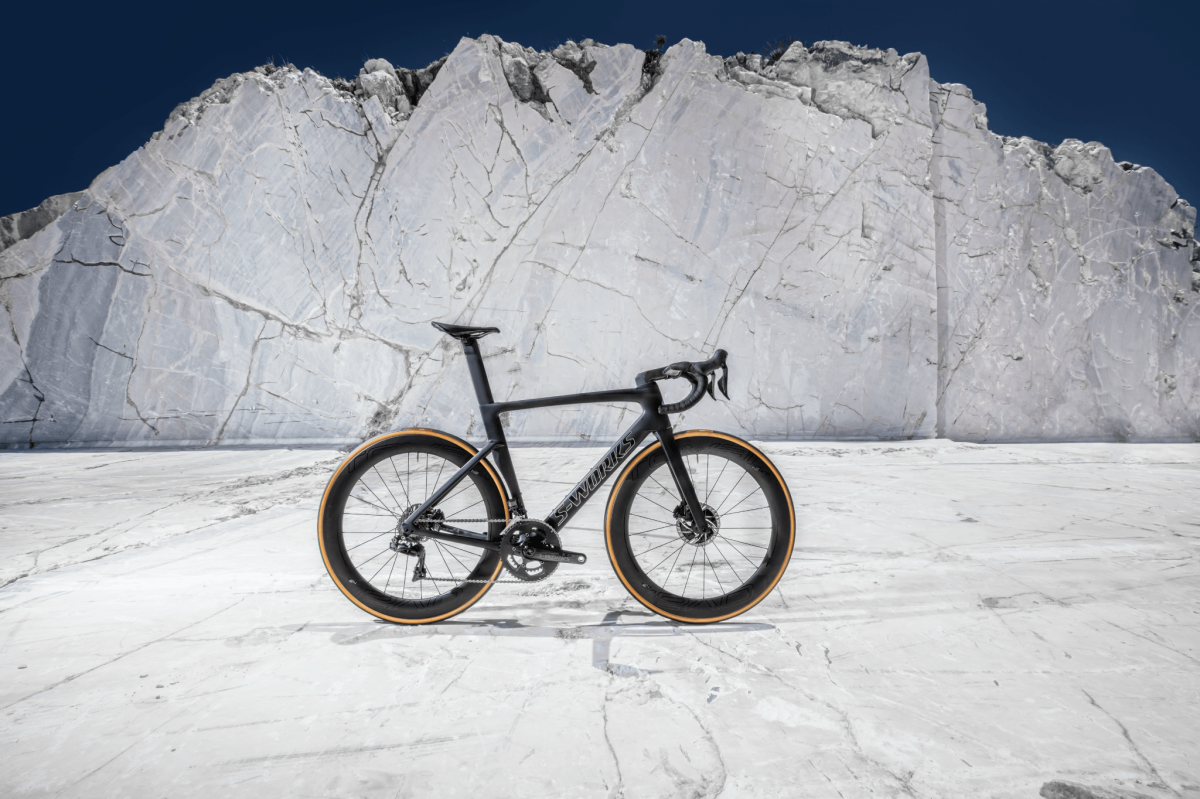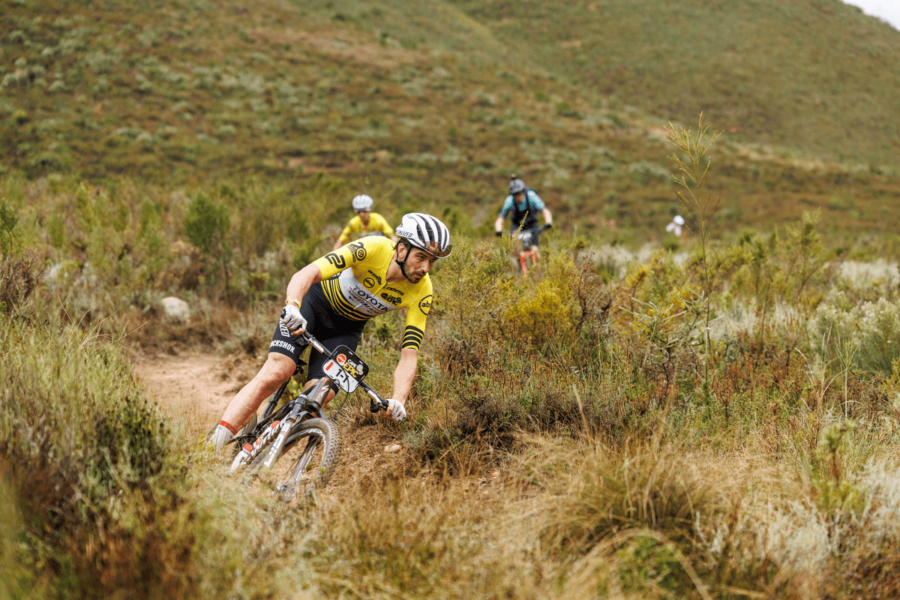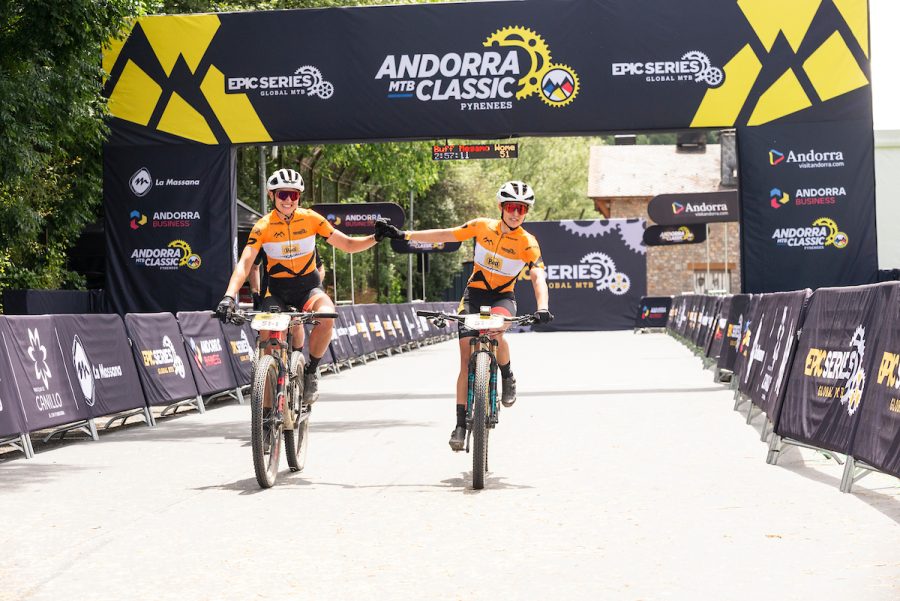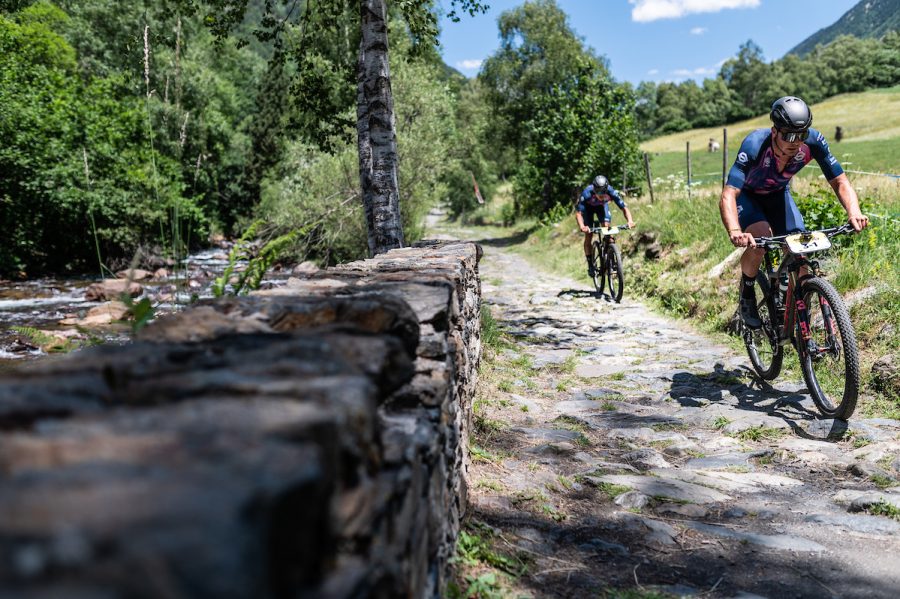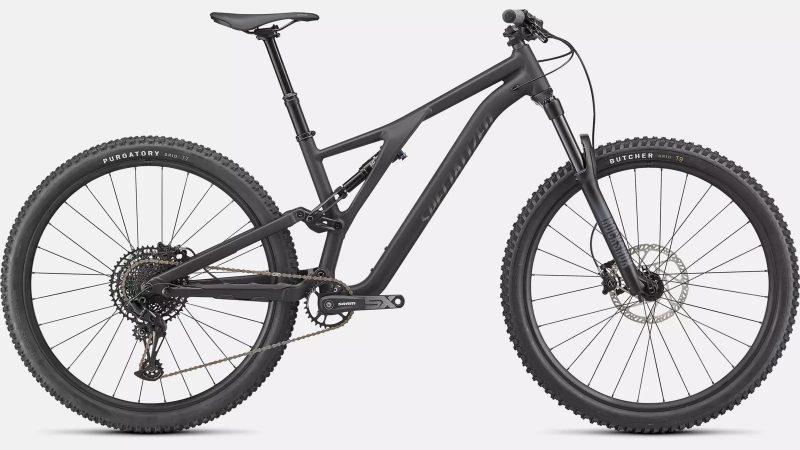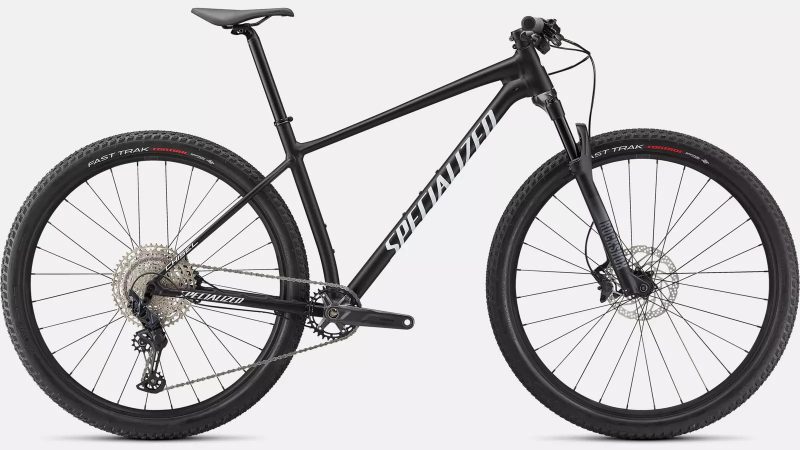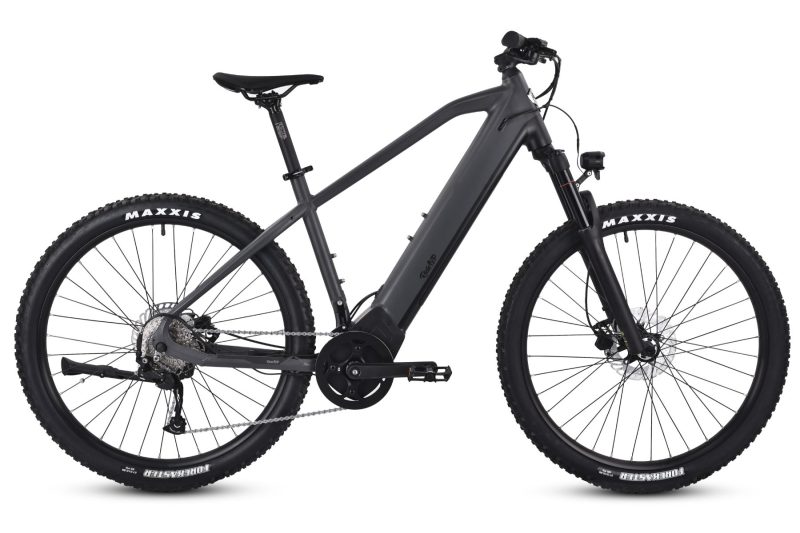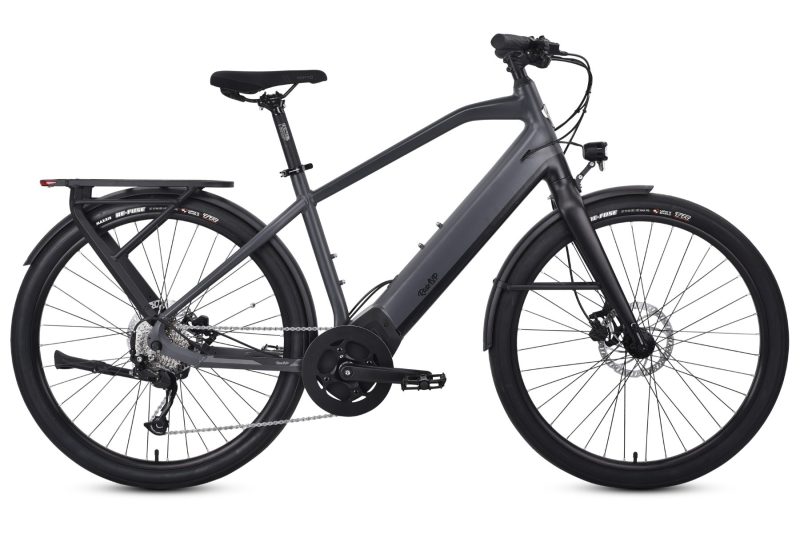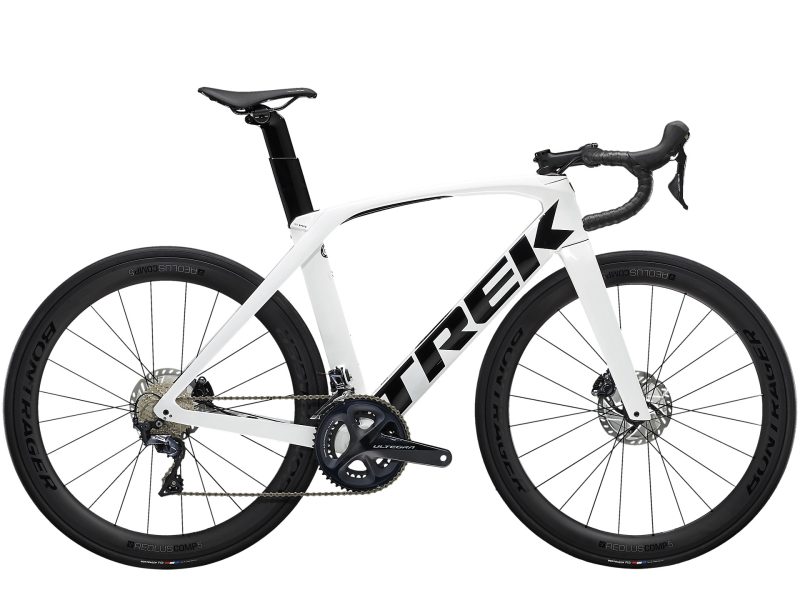In the seven years since Specialized first introduced the Venge, they’ve proven that aero is, indeed, everything. The Venge took a burgeoning concept and transformed it into an ideology, one that empirically proves that aerodynamic optimization is the most important thing that they can do to make their athletes faster. And today, Specialized’s commitment is even more laser-focused on the performance advantages that aerodynamics can provide.
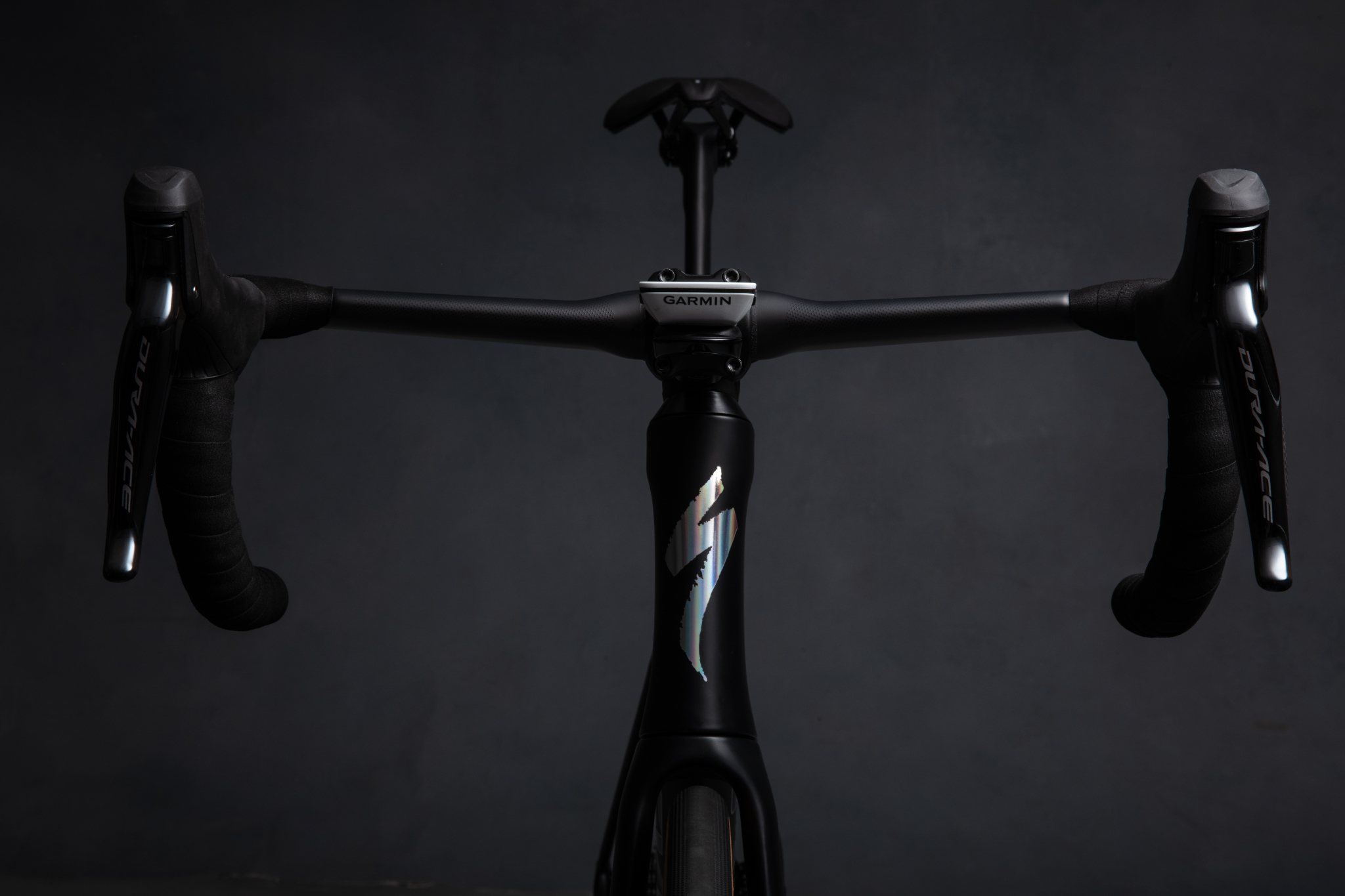
Their pros, after all, are fully invested in aero, and this is reflected in the equipment that they’re using today. But that’s putting it lightly. For the Venge’s debut race, it won the 2011 edition of Milan-San Remo. And the Venge ViAS has proven itself to be the most-winning aero bike in history, with nearly 20 race wins in 2018 and a 2016 World Championship.
But Specialized is never satisfied in their quest for speed, and there’s always room for improvement. Until now, every aero bike has come with some compromises, like in weight, handling, speed, or complexity. And because aero is so important for speed, regardless of where you’re riding or what the course profile looks like, they knew that it’s not enough to just make an aero bike that’s only practical in specific situations. With the new third-generation Venge, Specialized created a bike that’s faster everywhere, over every kind of terrain and condition, while still improving aerodynamics, shedding weight, and perfecting responsiveness and handling.
The all-new, third-generation Venge outperforms in every imaginable area. It’s faster than a Venge Vias and lighter than a Tarmac SL5 (*we’ll be using disc brakes for all comparisons). Let’s look at the features and development.
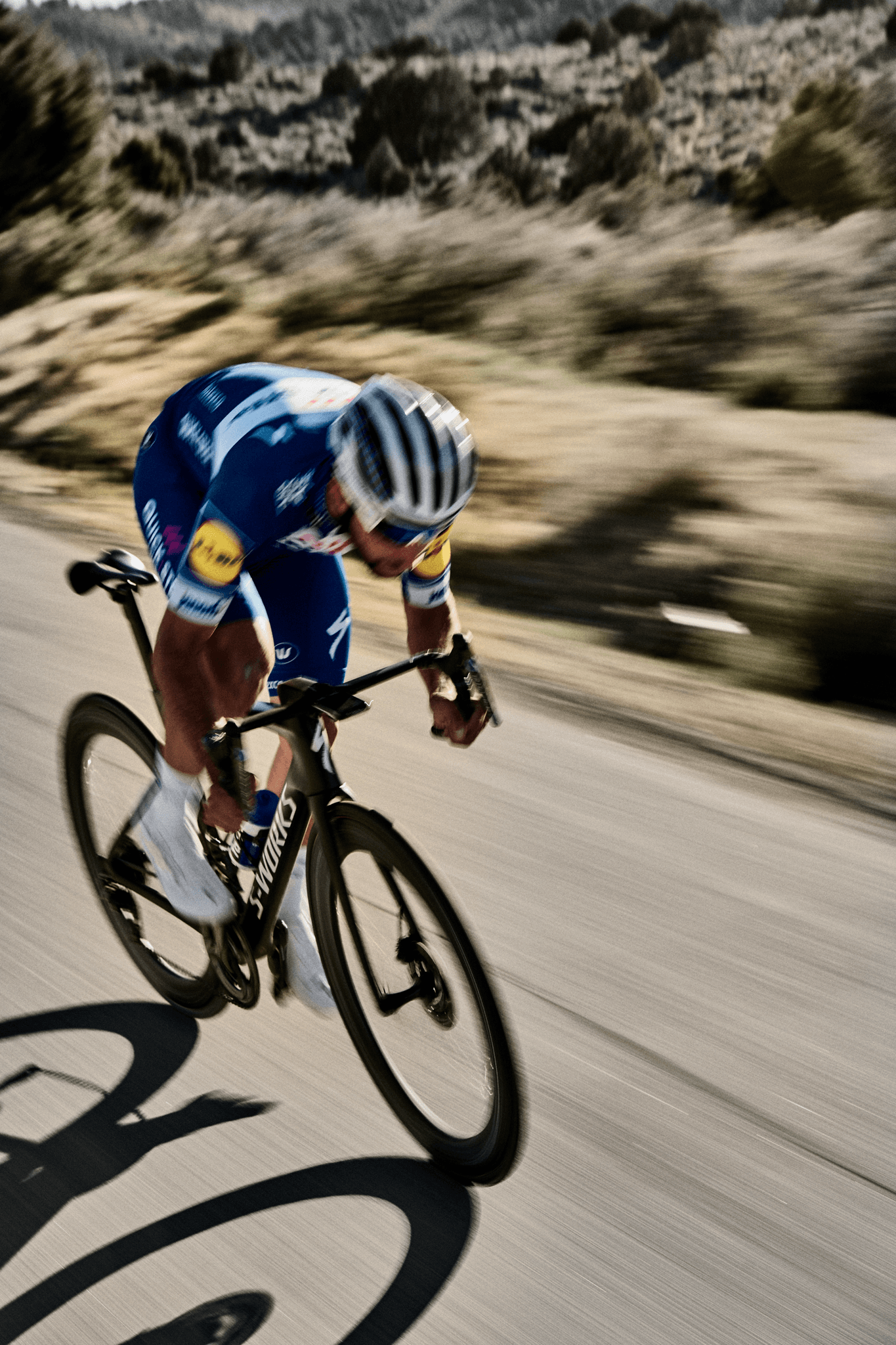
The new Venge had three goals:
Improve aerodynamics
Reduce weight by reducing surface area
Maintain Rider-First Engineered™
handling characteristics
In order to achieve these goals, Specialized took an entirely new approach to aero frame design. Instead of starting in their Win Tunnel, they started by creating optimization software that generates millions of tube shapes and analyses them based on aerodynamics, surface area, and stiffness. This process resulted in a collection of shapes that they call the FreeFoil Shape Library. These shapes are the building blocks of the new Venge.
The Venge Vias was targeted to be as fast as Specialized’s Shiv TT. But with the new Venge, they pushed the improvements even further. Have a look at the chart above to see the progression of speed over the three generations of Venge.
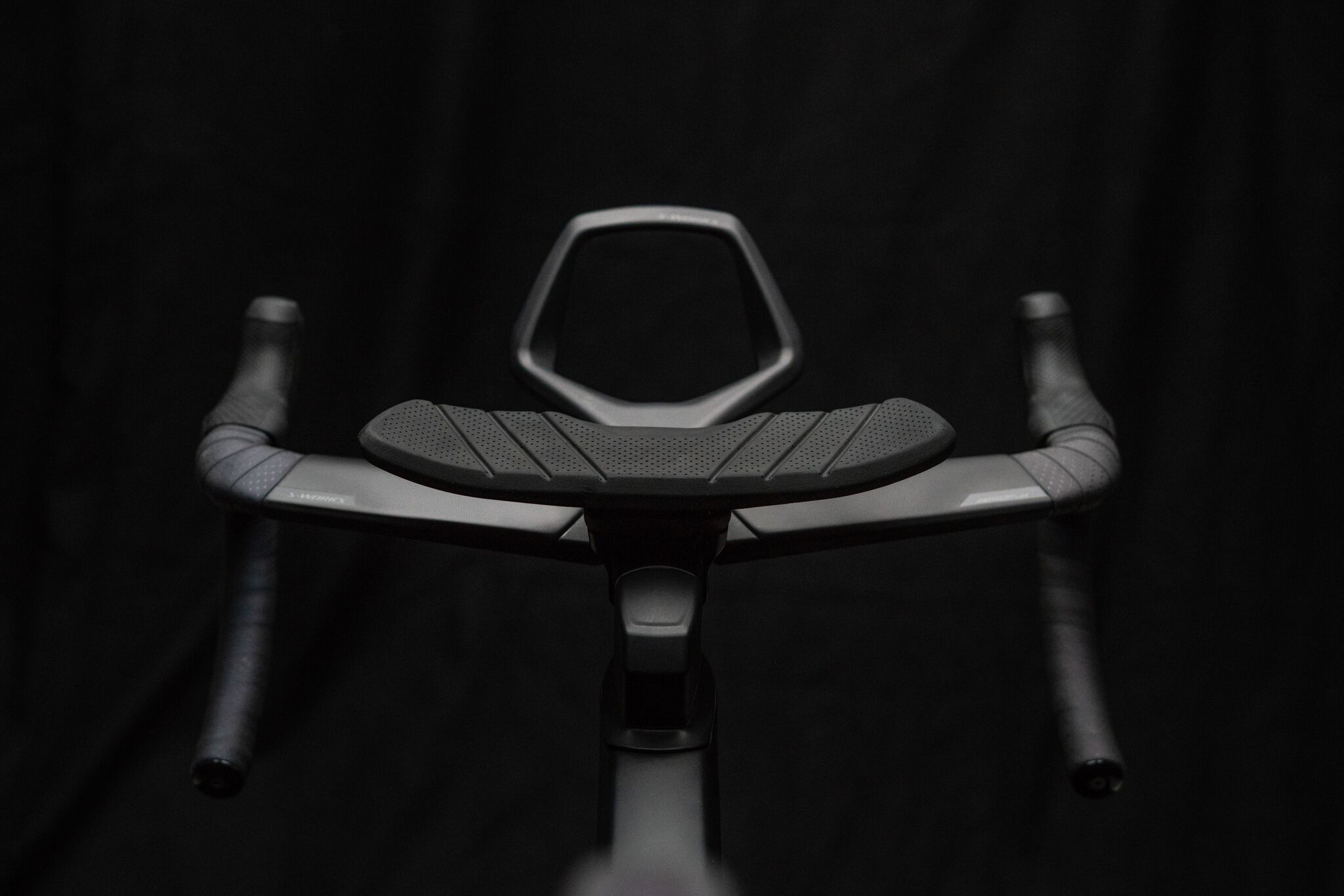
Compared to the fastest aero road bike to date, the Venge ViAS, the new Venge is 8 seconds faster over 40km at 0-degree yaw. Out on the road, where riders experience crosswinds, the new Venge is even faster with its tube optimization that excels in crosswinds.
All bikes were tested with the same fit dimensions, and all bikes tested use the following components: Roval CLX 64 wheels, Turbo Cotton 26mm tyres, Shimano’s newest Di2 groupset, two water bottles, an S-Works Power saddle, and their respective spec’d cockpits. This is the exact same setup across all three bikes, except where rim brakes and disc brakes differ. This was done to highlight the differences in chassis only.
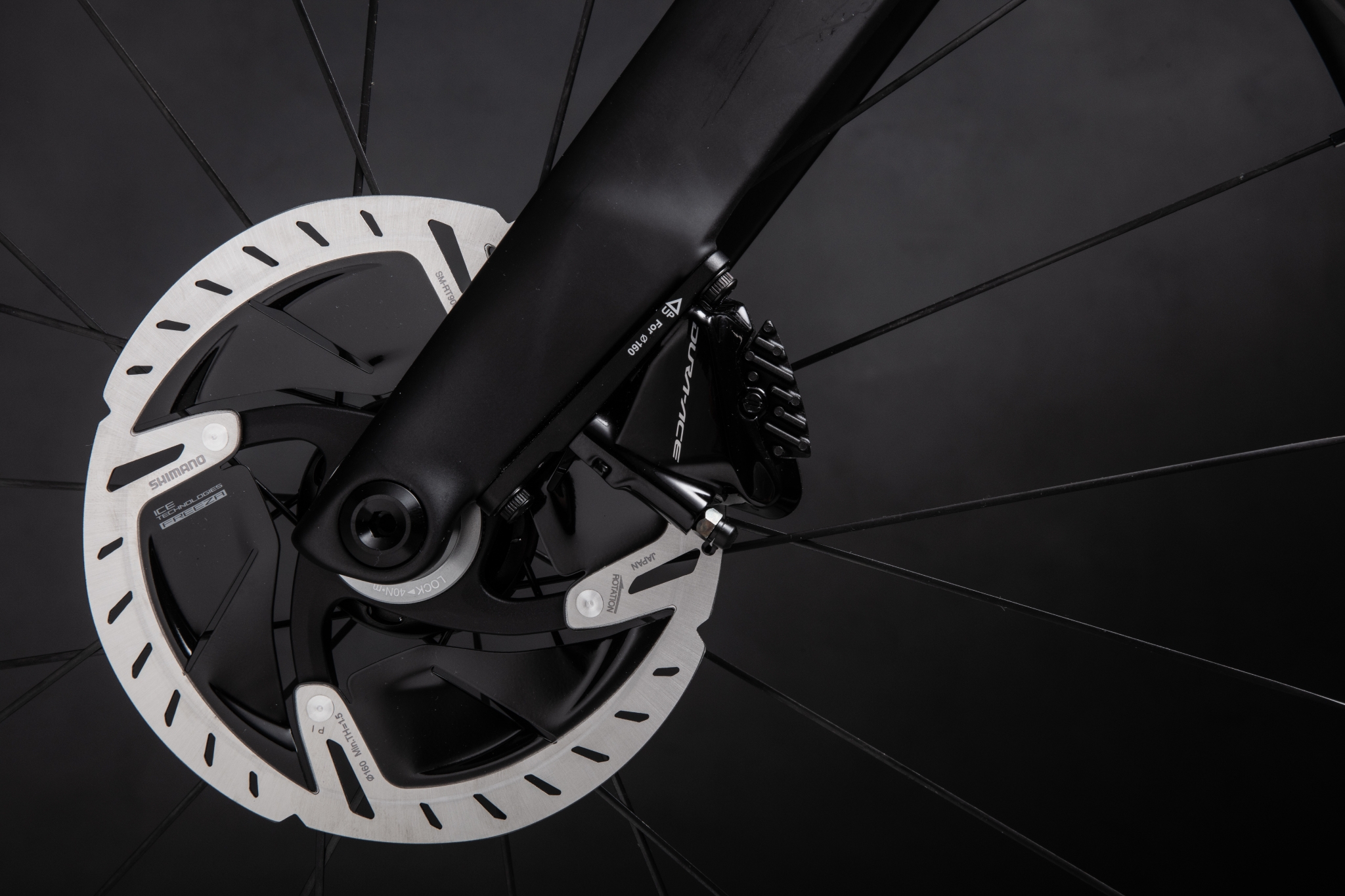
As a system, the new Venge module is 460g lighter than the Venge ViAS Disc
The new Venge frame is lighter than our first race frame with disc brakes, the S-Works Tarmac SL5 Disc (1020g). In fact, the 2019 Venge frame weighs in at a scant 960g +/-30g in size 56cm in the “Satin Black/Holographic Foil” colourway. Please note that this frame weight is calculated without any small parts, such as a rear derailleur hanger, water bottle bolts, seatpost clamp, bottom bracket bearings, or headset. Also, this weight claim only applies to the specific color and size as noted above. Smaller frames, larger frames, and different paint jobs will often times result in a different weight than our claim above.
The overall bike weight for a 56cm S-Works Venge Disc w/ Dura-Ace Di2 in Satin Black/Holo Silver is 7.1kg +/- 100g
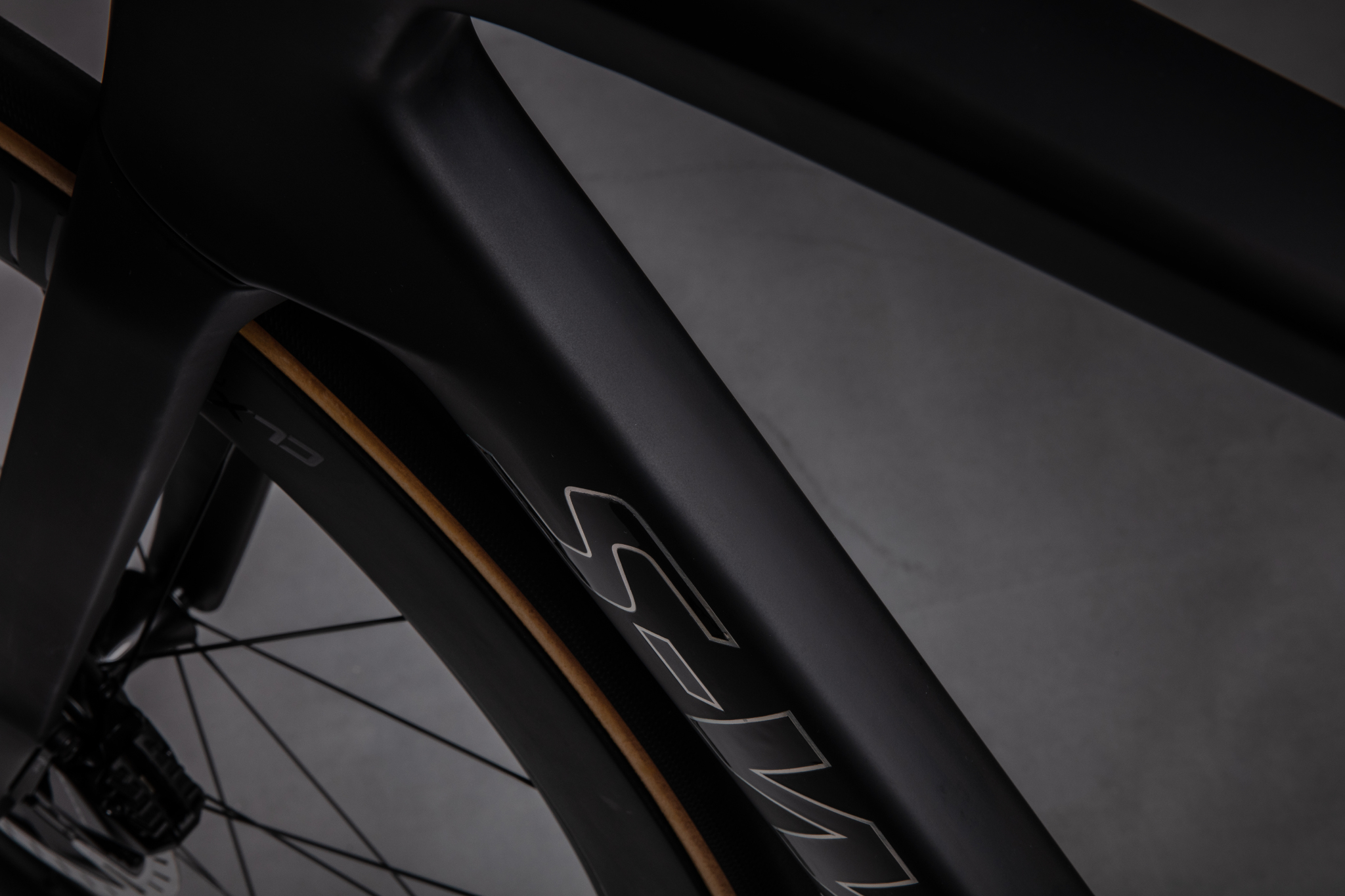
The Venge uses a Rider-First Engineered™ design to ensure that every frame performs flawlessly, regardless of its size. This is achieved through a mix of extensive data acquisition, expert feedback from professional riders, and a meticulous approach to carbon construction. But you’ll never notice that when you’re riding—it just feels like you’re riding the perfect bike.
This geometry was designed using over 40,000 Retül data points from both female and male riders. And what this amounts to is, finally, a shared Venge platform that truly uses one frame design for all riders, regardless of gender.
Even though the frame stack and reach numbers differ from the Tarmac, the fit is actually identical. The Tarmac SL6 has a 10mm-tall headset cone and the Venge has a minimum of 18mm of spacers in its “headset cone.” This means that the lowest position your stem can be is actually identical between the two platforms.

The Venge seatpost is offered in two offsets: 0mm and 20mm. It also comes in two lengths: 300mm and 390mm.
The Venge stems, meanwhile, are offered in two different angles and multiple sizes. The 6-degree stem is offered in the following lengths: 80, 90, 100, 110, 120, 130, and 140mm. And the 12-degree stem is offered in following lengths: 110, 120, 130, and 140mm.
The new Aerofly II Handlebars are offered in four widths: 380, 400, 420, and 440mm.
In working with our pro teams, we received feedback that stem stiffness is very important to riders, especially for the powerful sprinters. The Venge stem exceeds the stiffness of any stem we’ve tested, including the Zipp SL Sprint stem that has been the benchmark for stiffness and is ultra-prevalent in the pro peloton.

The all-new Aerofly II benefits from the same knowledge that we’ve gained from creating three generations of the Venge. The new bars are faster, lighter, and stiffer, and the tops feature a textured pattern for extra grip and control. A built-in bar tape stop also ensures that your bar tape looks super pro and makes wrapping it a total breeze.
The Venge stem is compatible with most other aftermarket road bars, but the Aerofly II was designed to serve as the fastest and most aero-optimizsd setup. If a rider prefers different handlebars, they can easily be swapped out.
Likewise, the Venge is also compatible with most aftermarket stems. There’s a universal stem transition spacer that’s used in place of the Venge spacers. Additional stack is achieved with regular 1-1/8” headset spacers.
The Venge comes spec’d with 26mm tyres to provide the best combination of aerodynamics performance, handling, and rolling resistance.

Now, the Venge has no problem clearing 32mm-wide tyres. Yes, that’s super wide, and we know riders are going to love it. We recognise, however, that clearance has become a murky subject with the proliferation of wider rim widths and plenty of variance in separating actual tyre widths from claims. Let’s give an example of the clearance on this bike, though. Our Roubaix 30/32mm tyres @ 50psi, on Roval rims with a 21mm inner width, measure 34mm-wide and have over 1.5mm of clearance on the new Venge in the tightest spot.
We made the decision to design the Venge to only be compatible with electronics shift/drivetrain systems. It’s compatible with Shimano Di2, SRAM eTap, and Campagnolo EPS systems—provided that they’re using an internal battery.
The Disc brake system on the Venge follows the Shimano flat-mount standard.

Thru-axle standard is 142x12mm for the rear and 100x12mm for the front, and the thru-axles provided with the Venge bolt-on with a 6mm hex. Axles with the DT RWS ratcheting handle are available through Specialized service.
Lastly, the bottom bracket is a Specialized OSBB/BB30.
Specialized has made a clamp for the Venge ViAS clip-on aero bars that clamp around the new Venge stem. This allows riders to run a clean and compact aerobar on the Venge if they wish, and this bar will be available in two lengths: A longer length for time trials and triathlon and a shorter length that’s legal for ITU racing.
Off-the-shelf, clip-on aerobars will require riders to change the handlebars to standard, round road handlebars instead of the Aerofly II. Please note that the Aerofly II handlebars are not compatible with clip-on aerobars.

In the quest for the cleanest possible Di2 setup, Specialized relied on feedback from their pro teams. Now, they’ve taken advantage of the deep section seatpost by integrating the Di2 Junction-A cylinder into the seatpost. This keeps the cockpit super clean and allows team mechanics to reach out of the team car to make adjustments mid-race.

The thru-axles on this bike sit super flush to the frame and fork dropouts, and they’re also incredibly light at only 67g for the pair—that’s half the weight of standard QRs.
There’s also a new Shimano direct-mount rear derailleur hanger available. This was specifically requested, and developed by, our pro teams, and it’s now available for aftermarket.
And lastly, the front derailleur hanger has a built-in plate behind it for the Shimano front derailleur’s adjustment screw to back into, so we can all say goodbye to the annoying sticky plate from Shimano.
Sean Estes: Public Relations Manager
Mark Cote: Leader of Global Marketing and Innovation
Chris Yu: Director of Integrated Technologies
Stewart Thompson: Road Bike Product Manager
Douglas Russell: Design Engineer, Road
Glenn Bennett: Associate Engineer, Road
Ingmar Jungnickel: Aerodynamics Lead, Applied Technologies
“It’s perfect…When can I race it?”
– Fernando Gaviria
Source: Specialized ZA

